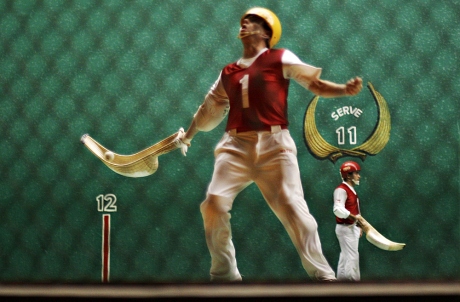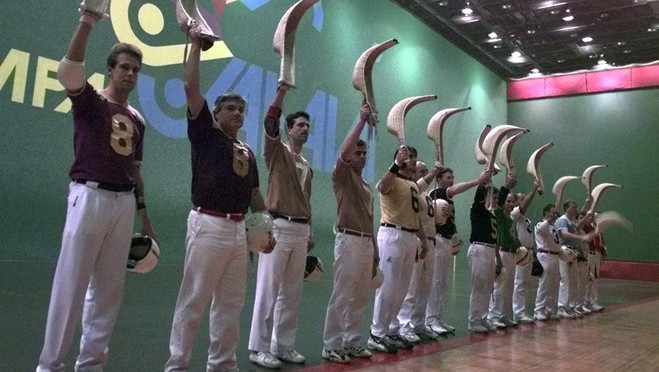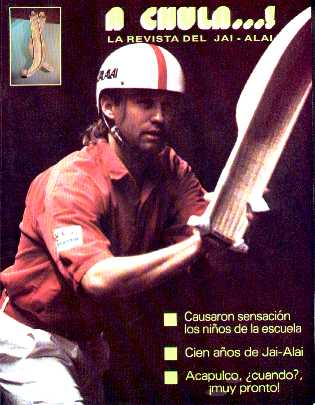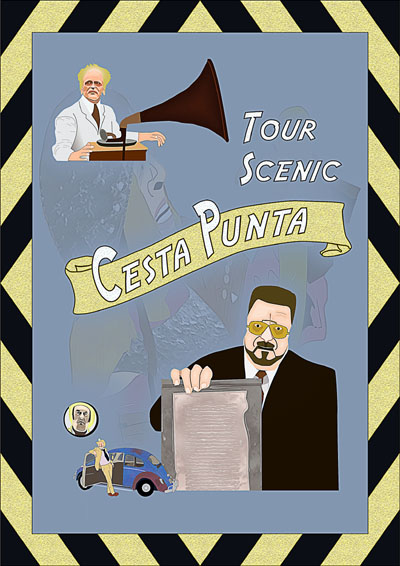Dir. Les Blank. Perf. Werner Herzog, Alice Waters, Tom Luddy, Michael Goodwin, Chris Strachwitz and Phil Harberts. Flower Films, 1980. Film.
After cooking and eating his shoe in Werner Herzog Eats His Shoe, Herzog explains that he ranks a lack of adequate images as one of the gravest threats to civilisation. He puts it on par with overpopulation and ecological devastation.
For the man who fixes his focus well into the future, it cuts to the marrow of his fear that human progress in his society may’ve ground to a standstill. Without adequate images to knit its dreams from, can his society dream dreams of significance? Or will it spend its time perfecting the Slurpee and finding Australia’s Next Top Model, as its citizens grow more and more isolated from each another?
But to his more myopic brother, it must sound about as probable as our dying out from an overreliance on serif typefaces.
Needless to say, cinema has given us some splendid images. We love watching Sonny strutting up and down in front of that bank in Dog Day Afternoon or M. Emmet Walsh gleaming in the moonlight in Blood Simple. We love Walter Sobchak holding out the homework in a zip lock bag. We love Fitzcarraldo playing his gramophone on the roof of his riverboat or Aguirre scuttling sideways along the shoreline. But by 2010, our movie industry had come to the point of investing 200 million dollars in a sequel to the movie Tron.
According to Wikipedia, after its release in 1982 the Tron franchise produced eleven different video games, a novelisation and a comic book, before finding its final expression in the electroluminescent bodysuit of Jay Maynard.
Some years ago, a Trivial Pursuit question brought to my attention the futuristic gladiatorial sport of Jai-Alai – by all appearances the inspiration for Tron’s lethal disc game. Its players use arched scoops tied to one forearm to throw and catch a hard ball on a long squash court. The ball can reach speeds of up to three hundred kilometres an hour. It may ricochet off of several surfaces before the receiving player tries to catch it. From time to time, the ball kills one of the players. Ernest Hemingway witnessed a near fatality in Havana,
“In my life I have seen many people with life threatening injuries, but the accident which Ibarlucea suffered exposed before my eyes an event of courage and serenity which I could never have dreamed. All of a sudden, Guillermo… caught and threw the ball in an awkward posture and had the bad luck of hitting Ibarlucea in the head. The ball… sounded different, dry, cold, like the slam of a door. But Ibarlucea did not fall. What fortitude! It seemed impossible that he could remain on his feet. Red carnations began to spread on his white shirt… The other pelotaris and the judges ran up to him and led him to the infirmary… They operated on him two times and science miraculously returned him to life.” [1]
This photograph, which comes from the weblog Plumb Lines, shows a modern player ready to serve,
Here we see the gladiators saluting with their claw scoops,
These show a cover of the Mexican Jai-Alai magazine A Chula and an old program booklet for Melbourne Jai-Alai in Melbourne, Florida [2],
Footnotes:
[1] Quoted in The History of Basque Pelota in the Americas, Carmelo Urza, University of Nevada, Reno. Retrieved from http://www2.library.unr.edu/journals/10423834/1995/p001.pdf
[2] From Tampa Bay Online. Caption begins, “After an illustrious 45-year history, Jai- Alai players lineup to salute their fans on the last night of Jai- Alai at the fronton in Tampa.”







